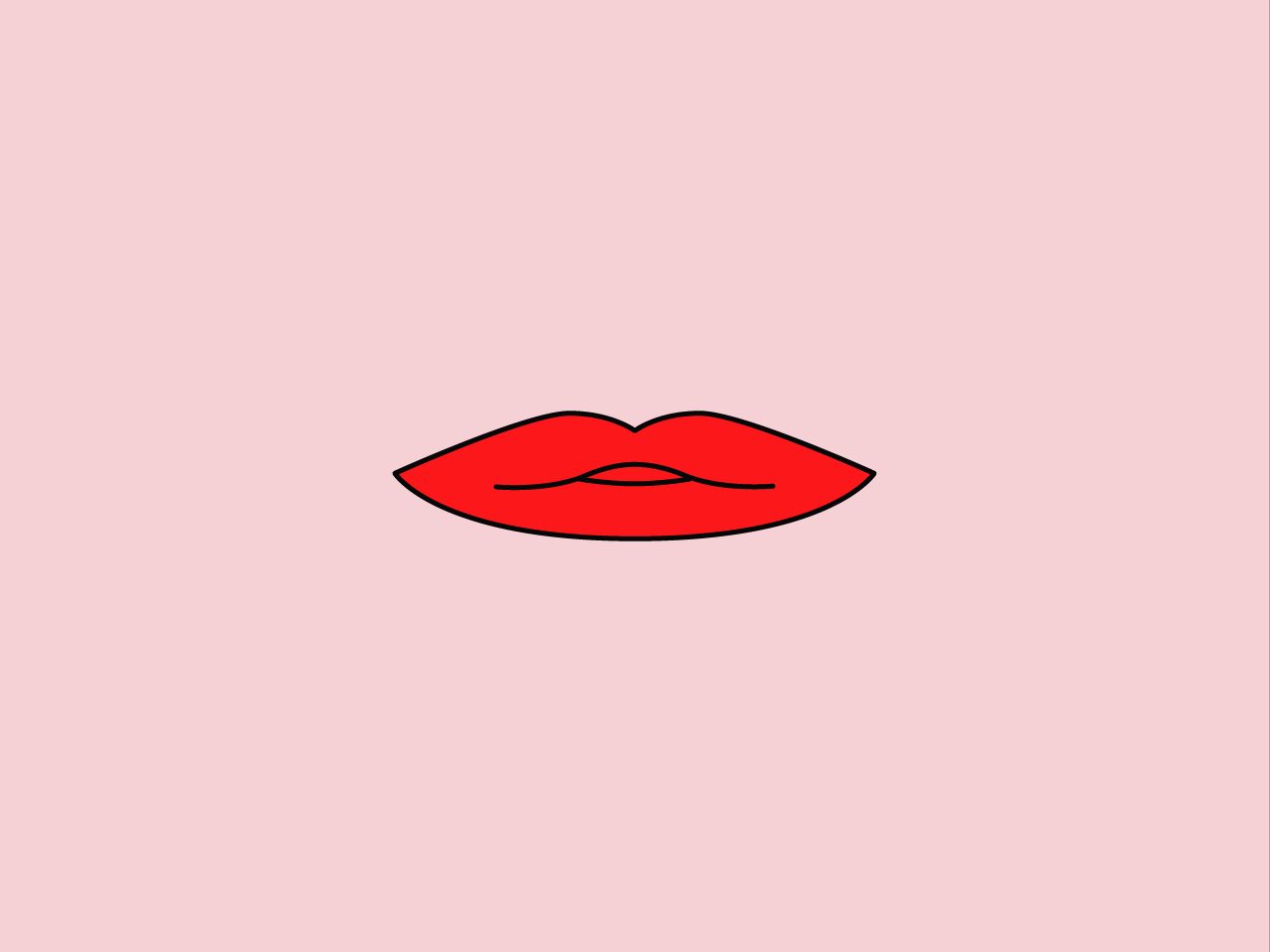When I was in middle school, I discovered Sally Hansen’s Xtreme Lip Inflation, a slick lip gloss that, the packaging promised, would help my lips look fuller. Once I tried it, I immediately fell in love with the stinging, tingling, burning sensation and the way my lips seemed to plump up after each application. I didn’t question what was happening to my lips or what was in the product that made my mouth tingle—and frankly, I didn’t care.
Today, the resurgence of lip-plumping glosses as a trendy beauty product has made me reminisce about my discontinued lip-plumping favorite—and find a few new glosses to try while I'm at it. But now, the stinging on my lips has made me wonder what actually does cause that tingle, and if I should be worried about the burn that I find so satisfying. So, I talked to a couple professionals to find out more about my lip-plumping habit.
While the shiny finish of glosses is partially why your lips appear fuller when you wear them, lip-plumping glosses also contain ingredients that cause a reaction in your skin to create temporary fullness. According to plastic surgeon Lara Devgan, M.D., M.P.H., many plumping lip glosses contain mild irritants such as capsicum (an ingredient found in chili peppers), cinnamon, or menthol. When applied to your lips, the irritation causes blood to rush to the surface of the skin, which results in a “mild and temporary plumping of the lips due to transient swelling,” Devgan explains. For instance, E.l.f Cosmetics’ Lip Primer and Plumper ($3) contains a cinnamon oil blend to help plump lips, Debra Lin, a cosmetic chemist on the brand’s research and development team, tells SELF. Glamglow’s Plumprageous Gloss Lip Treatment ($24) uses capsicum resin from peppers to make lips appear fuller.
There are also lip glosses that create a similar reaction in your lips using bee venom that has been humanely extracted from bees (Manuka Doctor’s Aprirefine Lip Enhancer ($30) is an example). "The theory behind the use of bee venom products to plump the lips is that the ingredient fools the skin into thinking it has been stung, leading to inflammation," Joshua Zeichner, director of cosmetic and clinical research in dermatology at Mount Sinai Hospital in New York City, tells SELF. Like glosses that use spicy irritants to plump your lips, the effects are temporary.
No matter which lip gloss is your favorite, you should know which ingredients it contains and use it with a little bit of caution. Many doctors don't recommend using bee venom products if you have sensitive skin or a history of severe allergies, for example, since your body could develop a bad reaction to the ingredient; the same can be true for glosses that use spicy irritants. And you should definitely steer clear of bee venom products if you have a history of bee sting allergies. In addition, your lips can become dry, irritated, or chapped if you use lip-plumping glosses too much. And here's a bigger bummer—your tried-and-true lip-plumping gloss can become less effective over time if you’re using it regularly. “The body becomes more tolerant to any substance it sees all the time; think of how coffee drinkers need more and more coffee to feel alert,” says Dr. Devgan.
Hyaluronic acid is a hydrating substance that is naturally found in skin, connective tissue, and elsewhere in our bodies. It has the ability to hold a thousand times its weight in water, which makes it an ideal ingredient for skin-care products that aim to moisturize and plump the skin. You can find many serums and creams on the market with hyaluronic acid, and it’s also a dermatologist favorite for facial fillers.
New lip-plumping glosses such as Grandelips ($27) and Fillerina ($89) use hyaluronic acid as their active ingredient and claim it can help improve lip volume over time, but the evidence is limited and often based on short-term, manufacturer-sponsored studies. Translation: While your lips will probably feel more hydrated and possibly look plumper temporarily, don’t bank on any lasting improvements. Realistically, anything that you apply on top of your lips will probably only cause a slight change—nothing drastic.
If you want a more noticeable, semi-permanent option, you'll need to look into injectable lip fillers like Juvéderm Volbella or Restylane Silk. These hyaluronic acid-based fillers, which you get at your dermatologist's office, can last up to six months and cost around $650 per injection. Not exactly as affordable as a $3 tube of lip gloss. With that said, I will always remain faithful to my (temporary) lip-plumping glosses—Too Faced Lip Injection Extreme ($28), which contains capsicum resin among other supposed lip-plumping ingredients, is a current winner in my book. I know it may not be doing much, but I still love the sting.
